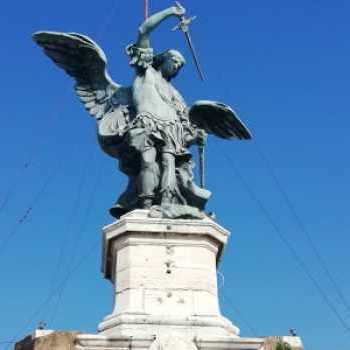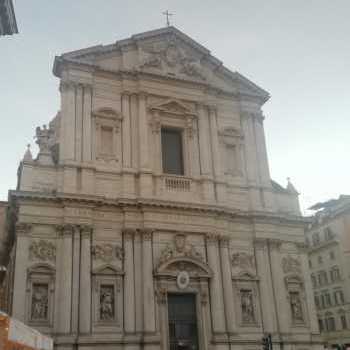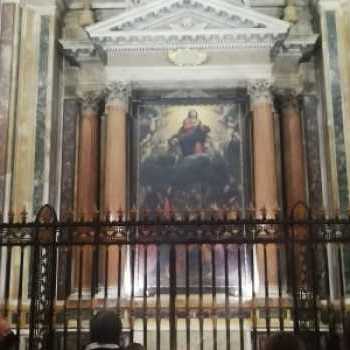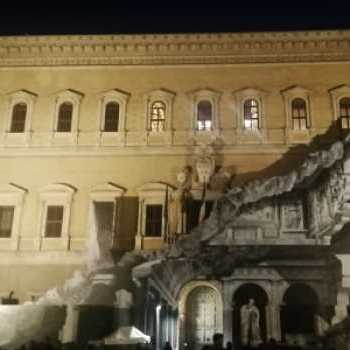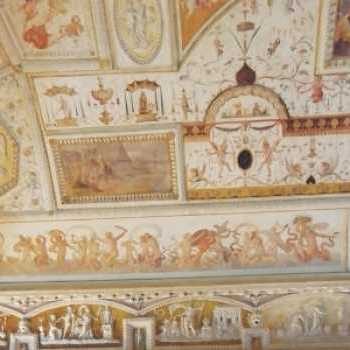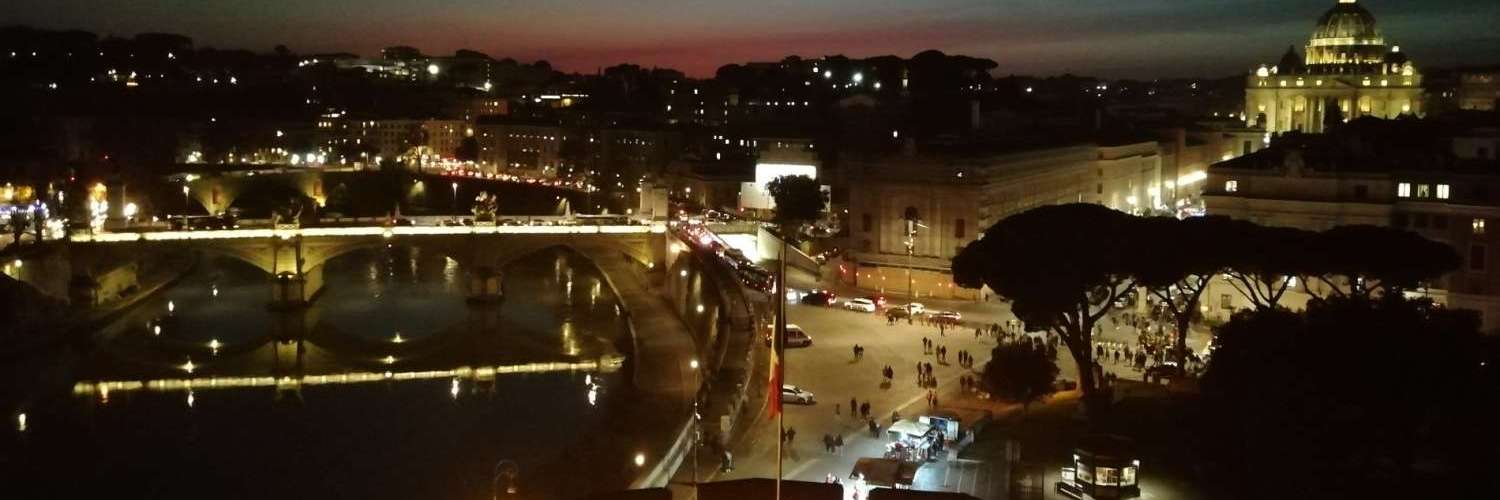
Discovering Rome through Tosca's eyes
Rome. the Eternal City. Eternal like the fascination of millennia of history recalling visitors from all over the world.
Rome, of course, is an endless source of inspiration for many: researchers, artists, travelers, musicians, composers. Like Giacomo Puccini who set one of his most loved and famous works here: Tosca.
Tosca's Rome
Tosca is the protagonist of a story of love and death taking place in the 19th century Rome: after the unfortunate adventure of the Roman Republic, the Papal State requires its restoration. The places in which Puccini set the Opera become tragic scenarios of jealousy, love, power and great ideals.
There are three stops in this unique journey, in the footsteps of this iconic character. Three like the acts of this masterpiece and they allow us to explore the city from a different point of view.
First Act: Sant'Andrea della Valle
The first act has as its background the Basilica of Sant’Andrea della Valle. The church takes its name from the Palazzo della Valle, which stands nearby. The construction started at the end of the 16th century involving the architects Della Porta, Grimaldi and Maderno, but the Gothic facade was added later, in the second half of 1600. Inside we find the Cappella Barberini, one of the three chapels in the basilica, to which it seems that Puccini has been inspired by.
Here the painter Cavaradossi, while he is painting a picture of the Madonna, meets Cesare Angelotti, former consul of the Roman Republic, fled from Castel Sant’Angelo, where he was being held prisoner. Always in the same place, we saw Tosca, lover of Cavaradossi, meeting Baron Scarpia, chief of police and in love with Tosca, who will provoke the jealousy of the woman to discover the secret place where Cavaradossi is hiding the fugitive Angelotti.
Second Act: Palazzo Farnese
Walking through the alleys of Rome we arrive to Piazza Farnese dominated by Palazzo Farnese. Following Puccini's fiction, Scarpia resides here and here Cavaradossi is tortured and then sentenced to death; Tosca is willing to do anything to save him and Scarpia takes advantage of it, granting pardon and a safe conduct for the two lovers as long as Tosca gives herself to him. Although horrified, Tosca is forced to surrender, but the moment Scarpia pounces on her, she stabs him to death with her knife.
Today the Palace, Property of the Italian State, it’s still the home of the French Embassy: its use is granted to France since 1936. One of the most beautiful buildings of the 16th century Rome. It was started in 1517, designed by Antonio da Sangallo and commissioned by the Cardinal Alessandro Farnese, the future Pope Paolo III. After the death of Sangallo, work continued supervised first by Michelangelo, followed by Vignola (back facade) and then by Giacomo Della Porta. The palace was finished in 1589.
Third Act: Castel Sant'Angelo
The last act brigns us to the majestic Castel Sant'Angelo. Built as a sepulcher wanted by the emperor Hadrian in a peripheral area of ancient Rome, it fulfills
this original function up to 403 AD. Throughout history its function changed many times: starting from the fifth century it was a fortress beyond the Tiber in defense of Rome, from the first mid-10th century it was used as a prison, a function it kept until 1901. Towards the end of 13th century Pope Nicholas III decided to transfer part of its apostolic see there, considering it a very safe structure. In the following centuries the papal rooms were built inside, while it was equipped on the outside with further fortifications, especially under the papacy of Alexander VI, so much so that, in 1527, the castle withstood the sack of Rome by the Landsknechts . In the 19th century it was used as a political prison, but from the early 20th century it became a museum, a function it still retains today.
Let's go back to Puccini's notes with the melancholy and poignant air "E lucevan le stelle": It is dawn and Cavaradossi awaits the hour when he will be executed. Tosca suddenly enters the scene and he tells his beloved that they are finally safe: she shows him the safe conduct and she tells him of the simulated shooting, agreed with Scarpia before his death. But, as many know, the ending will go differently: Cavaradossi will be really shot and Tosca, shocked and chased by guards who discovered Scarpia's murder, climbs on the parapet and shouting "O Scarpia, before God!", throws himself from the bastion.
From Reality to Fiction
The curtain falls on the tragic story of Tosca. The beauty of Rome remains in the eyse of the traveler.
One thing left tocompletethe journey. One last stop: let's move to Teatro dell'Opera or Terme di Caracalla. The curtain goes upagain. Puccini's notes resonate and bring us, once more, into the tragic world of his Tosca.
